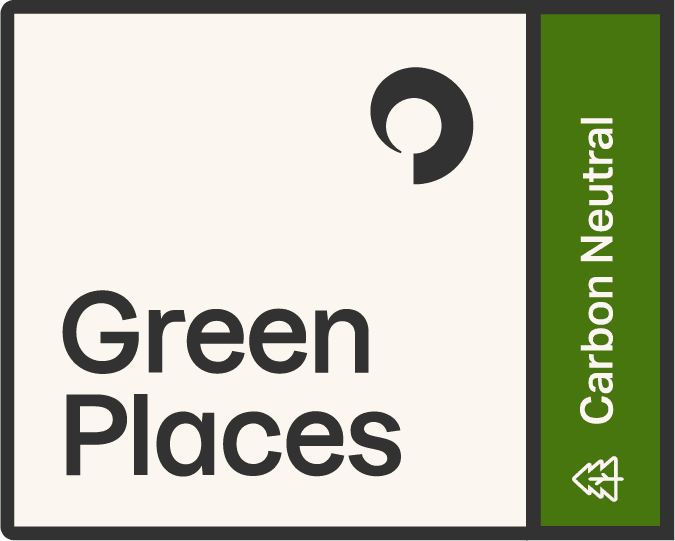Last week, Google hosted its annual Google Marketing Live where marketers from around the globe flock to the search capital of the world at Summit View to hear the latest sales pitch. I don’t call it an announcement because it’s a sales pitch. A pitch to get marketers to hop on the bandwagon and rely on more of Google’s tools. Last year, it was a sorry excuse for an attribution tool. This year, it is new ad units and automation. Rather than go into every detail, here are the highlights that will have the most significant impact among our clients.
New Ad Units

New ad units are necessary because consumers become complacent. They see the same ads over and over, and after a few years, they throw up blinders. That leads to lower CTRs in campaigns, less spend in Google Ads and ultimately makes Google less money. Adding in new ad units refreshes the search page in the eye of the consumer and keeps the money rolling in. With each new ad unit, it brings to light a ton of questions:
Discovery Ads

With Google creating its own ‘Discover’ feed in mobile browsers, it opens up a new revenue stream. Marketers will be able to run ads within this feed, YouTube’s home feed and Gmail promotions tab (formerly GSPs). The whole notion behind this is to deliver carousel ads to users for products they weren’t looking for. In programmatic terms, this is purely mass outreach. Two big questions come out of this that haven’t been answered:
1. Segmentation – Are we able to segment out by channel? Users looking at their Gmail react a lot differently to ads vs YouTube and Discover. Also, YouTube is a blackhole of impressions. Will it take up 90% of impressions between the channels because Discover isn’t scalable yet?
2. Targeting – Is this pure outreach or will we be able to layer on data and demo targeting? This wasn’t discussed at all during the pitch. In fact, they made it seem like marketers simply upload ads and then the campaigns just start running. If you are running a campaign for a car dealer, you don’t want your ads to run in pure outreach because you would be wasting money on showing a car to a 12-year-old watching Fortnite videos on YouTube.
Gallery Ads

Swipeable carousels will now be available in search results, giving advertisers the ability to swipe through products and images that are relevant to the search query. This is pretty fantastic if you’re in the first position on the search page. It pushes competitors further down on the results page increasing CTRs and decreasing CPCs. However, there is a huge drawback to eComm clients: dynamic search. One of our clients runs heavily in dynamic search because of the hundreds of thousands of product skus. Gallery ads have to be uploaded manually which means that the image may not fit with the product or brand that’s being featured in the dynamic search ad.
Google Shopping
Google’s update to their shopping environment is both my favorite and least favorite release. I say that because the new campaign settings allow us to optimize for store visits and display local inventory. For an eComm client that also has brick-and-mortar stores and attributed store visit goals, this will help give customers the right information to make an in-store purchase.

On the flipside, the new Google Shopping experience has the potential to screw over advertisers. The shopping experience is built to streamline price comparison and the purchase cycle so a user can make a purchase within Google instead of navigating to the eComm site and making a purchase. It makes it much easier since some sites are clunky for mobile shopping. By keeping customers in Google, brands will lose that data on purchase experience in just a few meaningless ways (insert sarcasm):
– Remarketing: Brands won’t be able to remarket to users viewing the product or even cart abandonments because you can’t place a remarketing pixel in that environment. Remarketing to site traffic is one of the most crucial ways of driving revenue especially with dynamic remarketing. If they don’t get a reminder of that product still waiting in their cart, brands will miss out on that and potentially future transactions.
– Product Recommendations: Do you need a mounting kit for that new TV? How about a new mattress since you’re looking at bedroom sets? Sorry, but those recommendations are going bye-bye because you don’t have data on what’s in customers’ shopping cart.
– Bulk Purchases: One eComm client averages 2.56 products per transaction with the highest being 132 items. Google shopping will limit that to 1 purchase especially if there’s a cheaper price on some of those other items. Simplifying this purchase process eliminates browsing.
Automation

Whenever Google releases new bidding controls, my hairline recedes. Some of its bidding strategies do work don’t get me wrong, but every time we’ve tested some of the newer bidding strategies, it’s a toss-up. We’ve run A/B tests against manual bidding, Position-Based, Target ROAS, CPA, Maximize Clicks, you name it. What we’ve found is that any bidding strategy that’s conversion-based only works for last-click attribution because it attributes 100% of the transaction to the final click. Linear and Time Decay models bomb almost every time because the CPA sky-rockets. Google’s newest bidding strategy towards Maximize Conversion Value will most likely produce the same result. This bidding strategy optimizes the campaign towards conversions that potentially have higher values vs running campaigns more efficiently. I’ve always had a problem with this model. This sets the expectation of driving more revenue by spending more which that’s never the case. Spending more efficiently in certain areas and growing those strategies that are performing are what drives success in an account.
A Few Words Of Advice
Every few years, Google launches a feature that truly makes waves (dynamic ad units, expanded text ads, custom affinity audiences, etc.). These are truly beneficial to clients if properly implemented. The downside is that it’s rarely the case because marketers believe every new Google feature is gold. If you still believe that, remember that time when Google only allowed desktop and tablet device bids as one bid adjustment? That wasn’t gold. As you read through product releases, think of these launches not as a product launch. That gives them too much hype. Think of them as a sales pitch because that’s what it is. It’s a sales pitch to invest more of your media dollars into a new tool that may not perform as well as other tools already in place.








